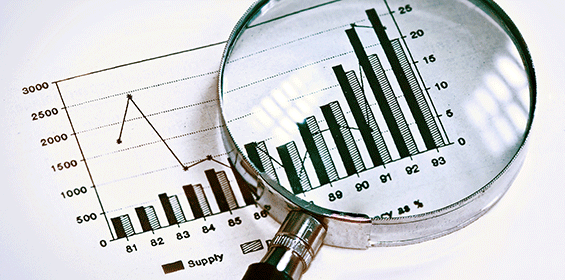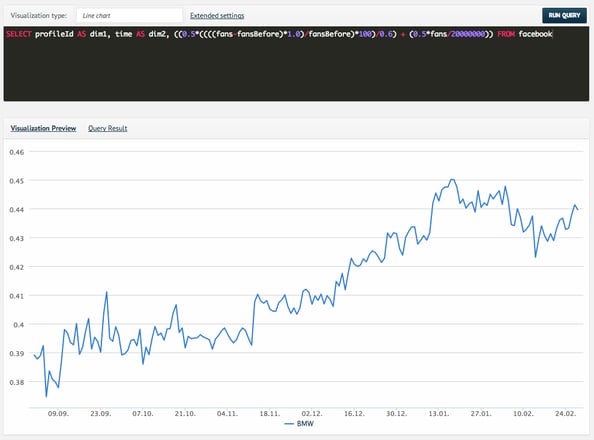
We all hear the discussions about Social Media ROI all the time, but in the end there is no standard answer to the question on the return of your social media activities. That’s why we want to show you a different approach of setting up your own formula for social media success. With the recent introduction of QQL we have laid the foundation for technically defining your own metrics. In this blog article we want to go a step further and help you to get the theory right behind that and to come up with your own formula that measures your success the best. We believe that there is no standardized success formula thats can be accurate, so going the individual path is definitely the preferred and recommended choice.
What is success for you?
When thinking about these things, the first question is the definition of success. What is success in your special case? We can look at a few different factors of success, such as:
I want to increase the size of my audience (fans, followers, …)
I want my audience to grow at a high pace (fan growth rate, …)
I want my audience to be engaged (interaction rate)
I always want to respond quickly to user questions (response time)
The good thing is, that we don’t need to focus on one single thing, but can look at a combination of all of them. When you have defined what you want to optimize for, the next step is to set goals. For example a goal could be to have a daily fan growth rate of 0.5% or to have an average interaction rate of 0.1%.
Defining your social media success formula
Once we have thought about the goals and the things we want to take into account, it’s time to setup the actual formula. For this we want to introduce some weights so that we can give different targets a different importance. In the final state our resulting metric should show on a scale from 0 to 1 where you are with your strategy. Your own formula for Facebook could for example look like this:
![]()
S: The success metrics (in this case we have three different ones)
w: The weights for the different parts (should sum up to 1 in total)
The different S values are defined with your goals in mind:
![]()
In order to make that easier to understand, let’s look at an example. In this case we believe that a high engagement is the most important part, so we set the weight for the interaction rate to 0.5 with a goal interaction rate of 0.2%. The second most important part is fan growth which we want to weigh with 0.3 and a goal of 0.5%. The total fan count is not as important for us, so we only give it a weight of 0.2 and a goal of 1,000,000. With the formula from above this would look like this:
![]()
If at our current state we have 500,000 fans, a daily growth rate of 0.3% and a daily average interaction rate of 0.1%, the result would be:
![]()
This basically means that you have reached 53% of your Facebook success goal. The point where you will get to 100% is the point where you have reached all the goals that you defined upfront.
Defining success across different social networks
Now that we have defined the success metric for Facebook we can do this for all other networks as well and come up with one formula that defines success over all the social media properties. To make this meaningful, we will again introduce different weights for the networks (e.g., Facebook gets 0.6 because it is much more important than Twitter, which we give a 0.2, etc.). A resulting overall formula could look like this:
![]()
With the weights mentioned before and some example numbers a total score could be:
![]()
In the end you get only one number that describes your success and progress towards your goals across all your social media properties and networks that you use.
Using QQL to visualize your social media success formula
With the introduction of QQL we are now able to visualize such a formula within quintly, so you can see how good you are progressing towards your goal in one single line chart and with no work at all. Here is a very simple example with just the Facebook fan count and fan change rate included (both weighted with 0.5):
The possibilities of this are nearly endless and it will bring you a big step forward with measuring what social media success means for you. Of course, it makes sense to adjust the formula from time to time to make sure that it is aligned with the current focus of your social media marketing strategy.
Feel free to reach out to us, if you want to discuss such a setup for yourself.



Join the conversation. Leave us a comment below!